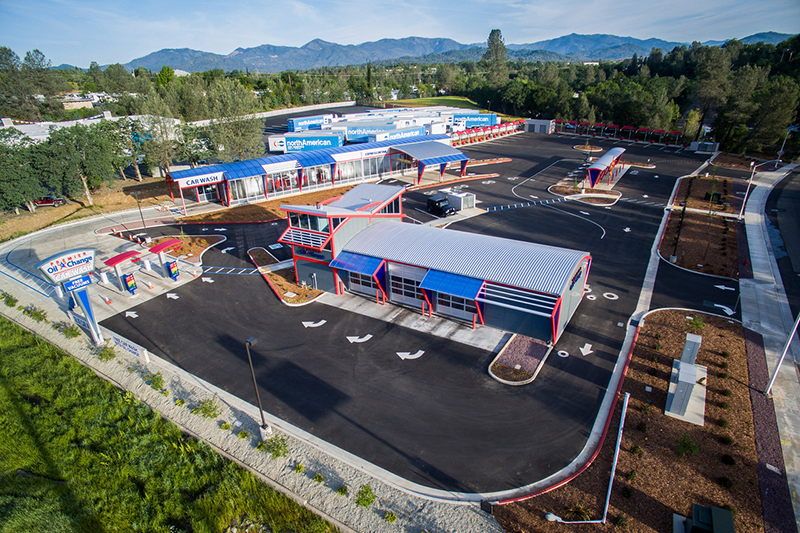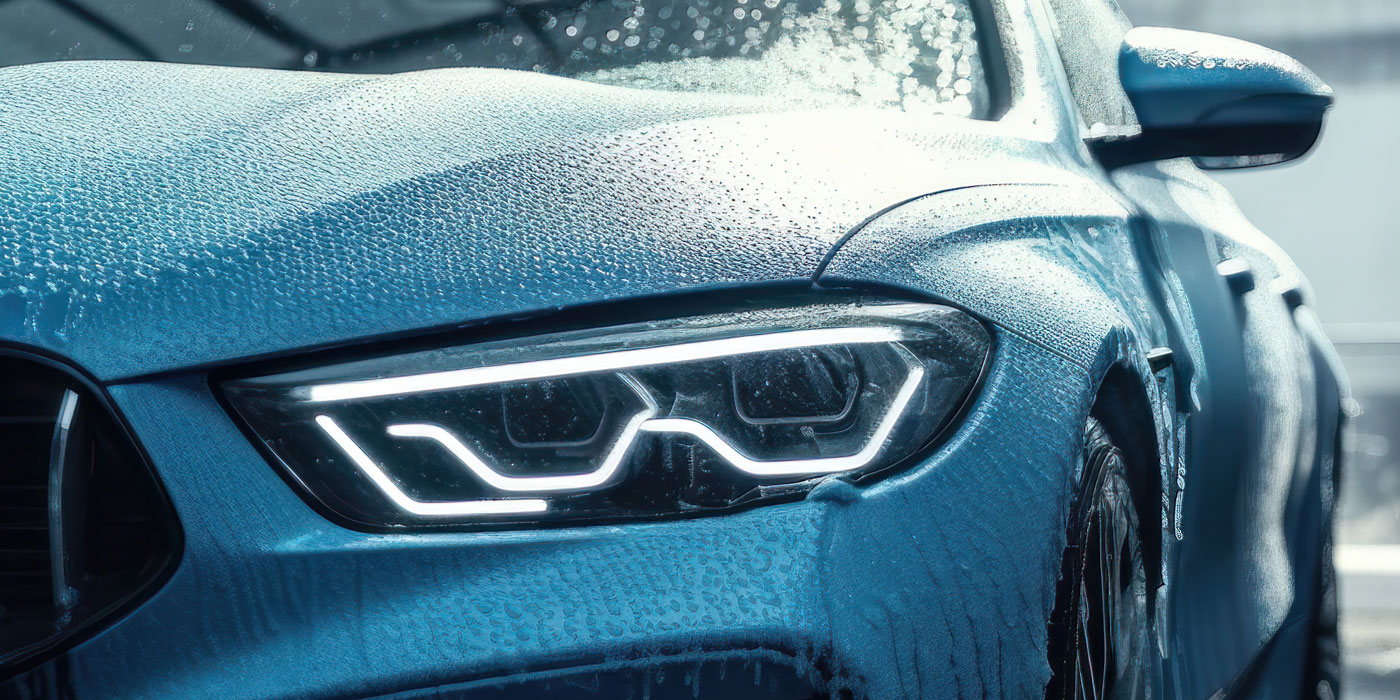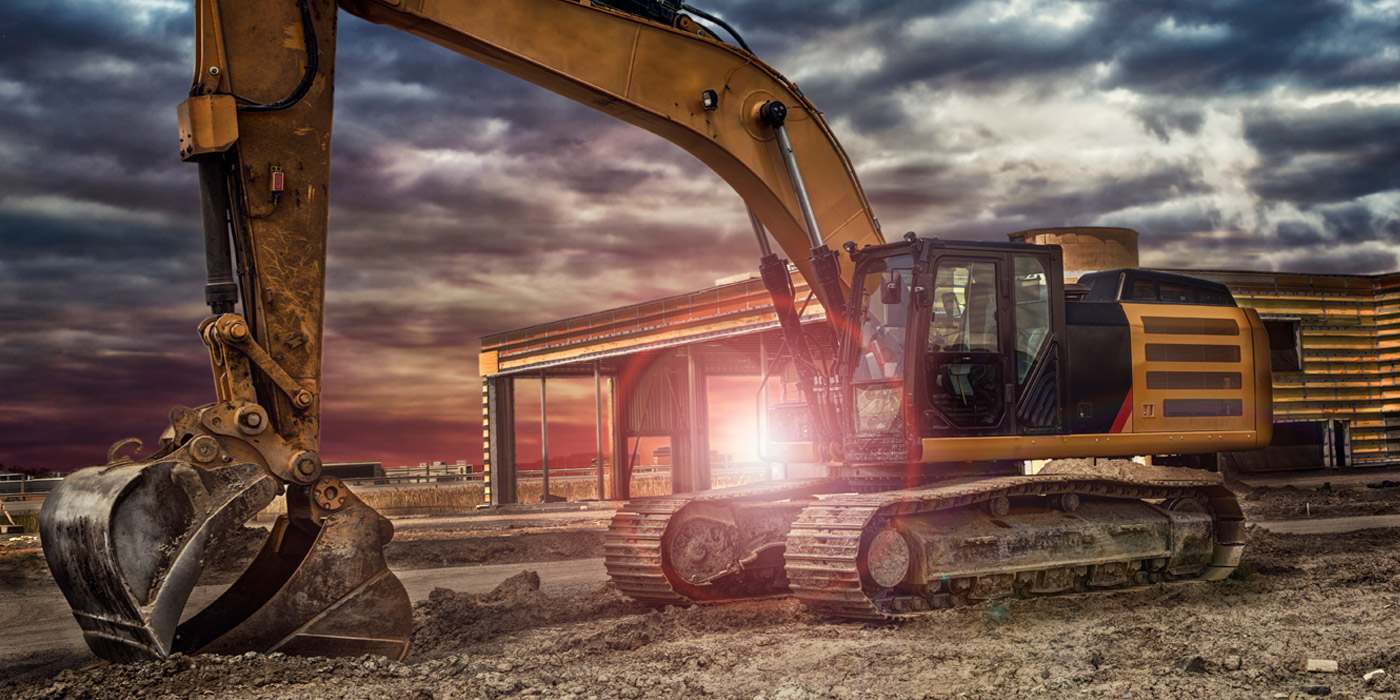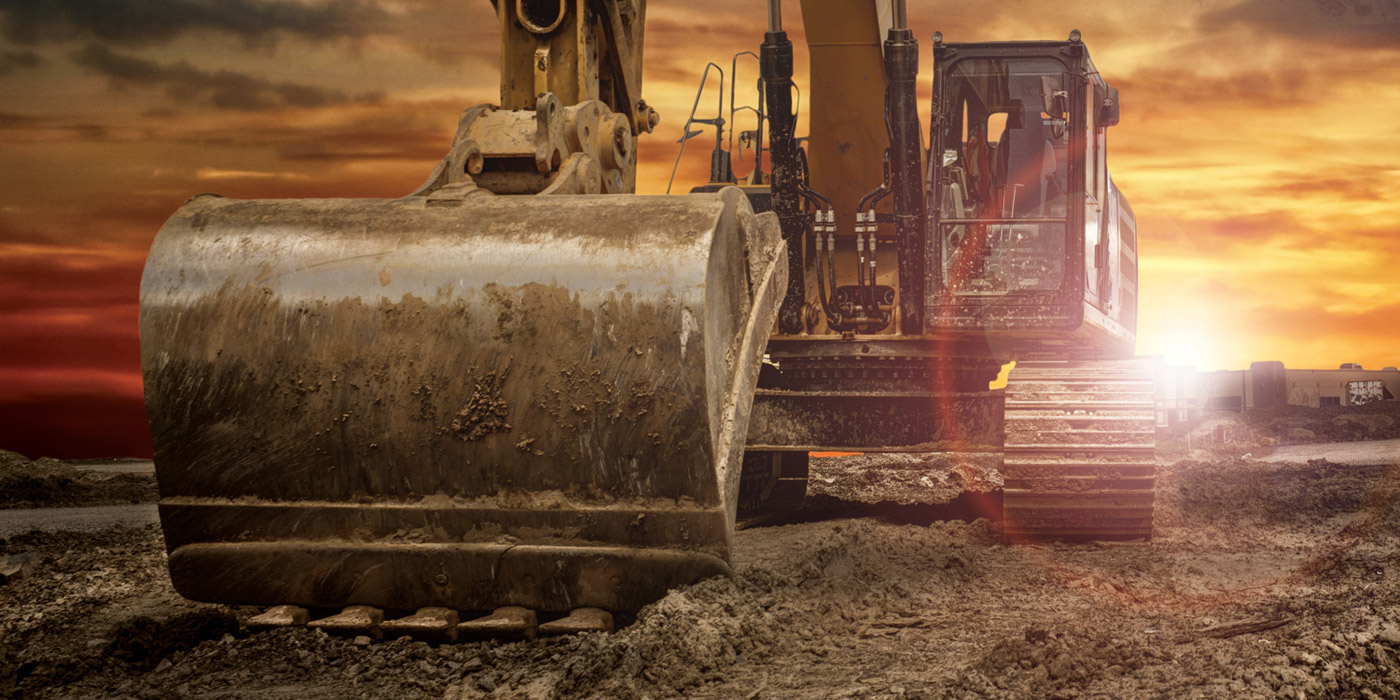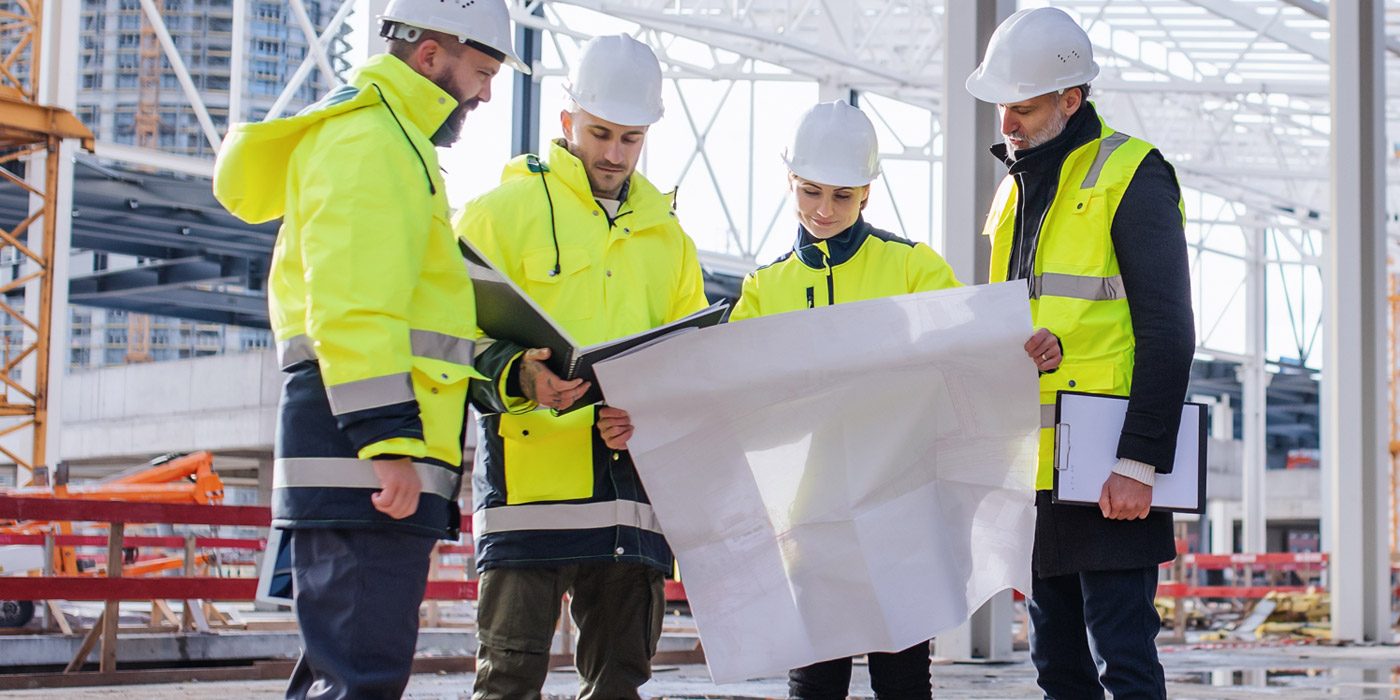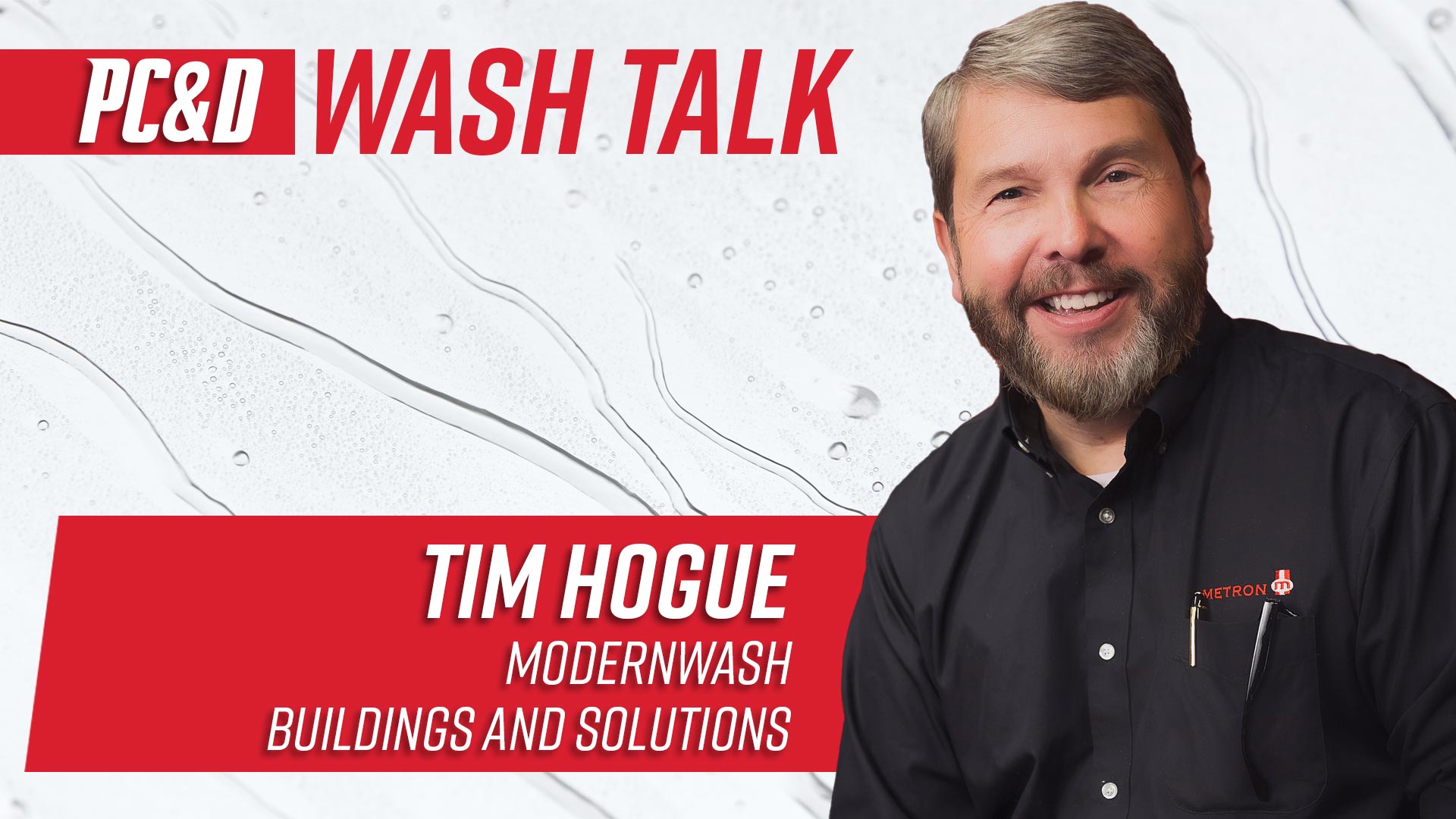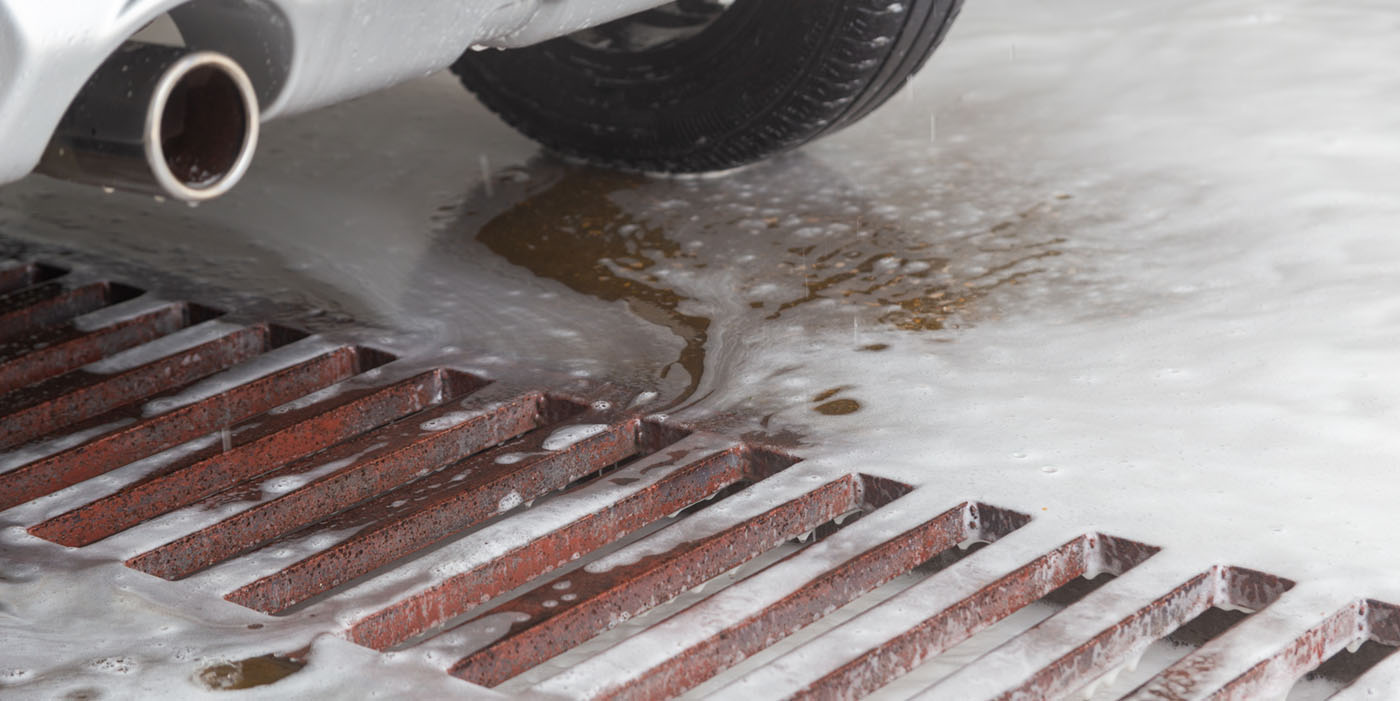What makes a trip to the carwash memorable? While this article will delve into elements that you need to incorporate into your carwash’s site design to keep customers coming back, experts say it is as important to keep in mind the factors that will turn customers off so you can avoid them. In addition to developing an A-plus site design from the start, site maintenance and upkeep are also critical elements to keeping that grade — and maintaining your reputation — through the life of the wash.
No time to read this article? Listen to it instead!
“Each site has its own unique challenges. It’s important to make good decisions from the start,” advises Jeff Gilger, partner and vice president of development for Express Wash Concepts. “If you’re going to excel in site design, you need to achieve on both customer convenience and customer experience nowadays.”
The need for speed
At one time, decades back, the carwash was considered a destination where the community gathered while the family’s car went through a 30-minute-or-more rudimentary carwash. And, while some customers might still enjoy kicking back for a bit at the local carwash, many customers want as quick a service as possible with a smile without having to wait or fumble with cash and coins during the process.
Prior to opening your carwash business, you made several critical decisions, such as what type of wash would best fit at the location. Setting your site up for success should have happened at that planning stage. In fact, the type of lot that you purchased or leased should match the type of carwash you are operating, as not all wash types require the same landscape and land requirements.
While the experts that we spoke with say buying more land at first, when practical, is best, designing your site effectively for practical use and using every foot of the lot with customer experience elements and convenience in mind is paramount.
“When building a self-serve carwash, the size of the land is the biggest difference compared to a conveyor carwash, because you don’t need as much land for a self-serve,” notes Robert Andre, vice president of customer success for Sonny’s Enterprises. “The layout of a self-serve carwash will be determined by the number of bays and whether or not you’re including an in-bay automatic (IBA).”
While self-serve carwashes require less land than a conveyor wash, builders should not see it as an opportunity to build a tight design. Customers do not want to feel trapped on the site or clean their vehicles in a snug bay. Bays should be designed wide enough so customers can easily maneuver equipment and wash their vehicles.
To that point, Andre also notes that it is crucial to get to know the area a little better before designing the site. “It’s important to get to know what type of vehicles are most common in the area. For instance, if you’re in a location that has a lot of bigger trucks and RVs, then you may want to think about building taller and wider bays,” he adds.
Each wash type — conveyor, self-serve and IBA — as well as the segments within these categories, particularly conveyor, require unique consideration.
Eric Hathaway is chief of design for Modernwash. He says the general goal of any carwash type is to make it easy for customers to get in, navigate the site and get out without stress or hesitation. When designing a location, Hathaway’s company tries to incorporate left-hand turns at critical areas, such as prior to entering a tunnel, since they have found that U.S. drivers tend to be more comfortable making turns in that direction.
“Most self-serves and IBAs are pull-throughs, and they are shorter [compared to conveyor carwashes],” adds Hathaway. “Typically, you’ll want to build your bays next to each other, so the traffic flow will require a larger approach and a larger exit because of the closeness of the bays.”
If you are designing a carwash site with additional profit centers on it, be sure to keep traffic separated or at least moving in the same direction with minimal to no cross-traffic. Andrea Neil, chief financial officer/vice president of Kwik Industries Inc., offers up one unique design element for vending at self-serve and IBA locations.
“I have seen success at these carwashes when they include a separate enclosed room as a ‘vending store,’” Neil explains. “Customers go in, the rooms are air-conditioned, and there are four or five vending machines stocked with beverages, snacks and [auto accessories]. We find that customers tend to stay in these places longer.”
Excellent traffic flow was stated as the number one way to effectively impact both customer experience and convenience at today’s washes, regardless of format. At an express exterior carwash, operators should aim to get a vehicle in, washed and out in five minutes or less (sans vacuuming).
Javier Rodriguez is the executive vice president of The Wash Tub Car Wash and Detail, based in San Antonio, Texas. His chain operates 26 total locations with 25 of these sites being full service. “As a company, we focus on customer experience, and that means from the moment our guests arrive to the moment they leave, our goal is to provide them with exceptional value,” he says, adding that The Wash Tub aims to provide a full service wash in 20 minutes or less for each customer.
In addition to a minimum of 100 feet of conveyor space to adequately handle volume, Rodriguez also notes that having the right amount of equipment and chemical application to process a clean car is vital at his chain’s washes.
Let it flow
Since flow is a leading factor in site design, operators and owners would be wise to include certain elements and considerations from the onset. Having adequate stacking lanes is one example, and including them in your carwash design plans might also be required per local jurisdiction — although Neil says it’s smart to not only meet but also exceed those requirements. In addition to wide, numerous stacking lanes, your carwash should also consider tap-out customers.
In what Andre calls “escape routes,” operators should plan additional lanes or routes for customers who change their minds or are unable to have their vehicles washed once entering the site.
And, at flex and express sites, Neil says operators need to realize that not all customers are going to use the vacuums, and your design plans should account for this fact. Her advice is to include an outer lane for people who either want to exit the lot or navigate somewhere else on it, such as pulling back around to use the vacuums. “That lane allows people to come back around without congesting traffic, and as they’re coming around, your employees and signage can inform them about the packages and membership opportunities you offer,” she adds.
Other key design elements to enhance flow, as stated by Gilger, include:
- Advanced point-of-sale systems
- Properly working gates and carwash equipment
- Adequate turning radiuses
- An engaged loader/greeter
- Groomed landscaping
- Lighted directional signage and pavement markers.
The site selection difference
Doing your proper due diligence during the site selection process is going to heavily impact your site design abilities. During this stage, it is important to work with a site selection and design expert to ensure that you procure an adequate parcel of land. According to Neil, for a full or flex service site, anything less than 1.3 acres would restrict the number of vacuums and impede the site’s flow.
If your carwash is currently situated on a small lot and not set up for success to incorporate some of the aforementioned elements, it might be time to explore some other options. Gilger reflects on his past experiences to show how his chain of carwashes had to get creative in order to achieve a better site design. Since a conveyor operator, for instance, may not always be able to find that perfect rectangular, 175-by-280-foot lot, he or she might be able to find solutions outside of the wash’s fences or by looking at a bigger picture.
“If you have a lot that’s 100 feet across, you can’t just make it 125 feet wide to add another lane or two. But, in some cases, we were able to purchase an adjacent piece of land, and by doing so, we were able to do things like double the number of vacuums. At another location, we were able to utilize some green space, and we’re planning on adding more vacuums at that location as well,” asserts Gilger.
If you’re in the position of having too much land, experts recommend adding an additional profit center, such as a quick lube or gas, or leasing the additional space to another business. Both ideas, if successful, mean extra income for you.
Perception is reality
Once the site is set up for success, the work has just begun. While the hardscapes — including the main building and tunnel/bays — will pretty much be set in stone (barring a major renovation), maintaining the softer elements, such as landscaping and cleanliness, can also impact customer experience.
For Hathaway, the cleanliness and tidiness of your site can mean winning or losing business. “Especially if a new carwash just opened down the street, your appearance from the road will dictate your ability to bring in that customer or not,” he warns. “Keeping your carwash equipment clean is also very important. With clean equipment, you can compete with just about anyone.”
At The Wash Tub Car Wash and Detail, in addition to upholding a solid exterior appearance, the chain focuses heavily on its lobbies, since its full service customers spend most of their time on-site during their visits. Rodriguez describes the concept of his wash’s lobbies as more of a boutique that offers a warm, welcoming and relaxed environment.
“We serve coffee,” boasts Rodriguez, adding that his carwash locations keep their landscaping fresh and inviting. “You have to keep investing back into your carwash and maintain your appearances so the customer is assured that it is a safe and clean environment.”
Being aggressive with your cleaning and maintenance regimes will help to elevate your customer experience scores. And, as competition strengthens and our industry’s public perception advances, ongoing efforts in these areas and eventual renovation will be important competitive advantages for carwashes that comply.
Andre, who also operates his own self-serve location, recommends updating driveway signage annually to keep your carwash fresh. He also recommends reinvigorating the wash signage every three to five years, with a “major site face-lift” needed every 10 to 12 years. “If you look at the fast-food industry, those stores do minor refreshes seasonally and then a major refresh, and there’s a reason for that,” he explains. “After a major renovation, particularly, the year-over-year same store sales increase tremendously.”
While a major renovation may require the help of a design and construction company, every three to five years, you should consider a fresh coat of interior and exterior paint, which Neil cites as a relatively cost-effective way to freshen up. She also adds that carwashes should stay on top of daily restroom cleaning, since these areas tend to be sources of complaints.
Ignoring proper site design and cleanliness means you’re ignoring your customer base, which will be quick to dismiss you for another wash. After all, as Hathaway sums up in conclusion, “We are in the business of clean and convenience.” Make sure your customers know that too.

